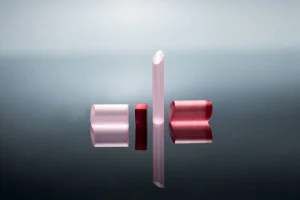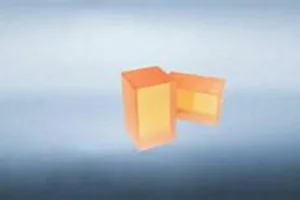Introduction to Laser Gain Materials
In the world of photonics, the choice of laser gain materials is crucial for the performance and efficiency of laser systems. Among the various options available, Nd:YCOB, Nd:YAG, and Nd:YVO4 are prominent materials. In this article, we will delve into the unique properties and benefits of these materials, with a special focus on Nd:YCOB.
Understanding Nd:YCOB (Neodymium-doped Yttrium Calcium Oxyborate)
Composition and Structure of Nd:YCOB
Nd:YCOB, or Neodymium-doped Yttrium Calcium Oxyborate, stands as a testament to the advancements in the field of photonics. This crystalline material, when doped with neodymium ions, transforms into a powerhouse suitable for various laser applications. The crystalline structure of Nd:YCOB is unique, and this uniqueness is what lends it its remarkable properties.
At the atomic level, the neodymium ions replace some of the yttrium ions in the crystal lattice. This substitution creates a harmonious balance, allowing the crystal to maintain its integrity while also benefiting from the properties of the neodymium ions. The interaction between the neodymium ions and the YCOB crystal matrix results in the manifestation of its laser-active properties.
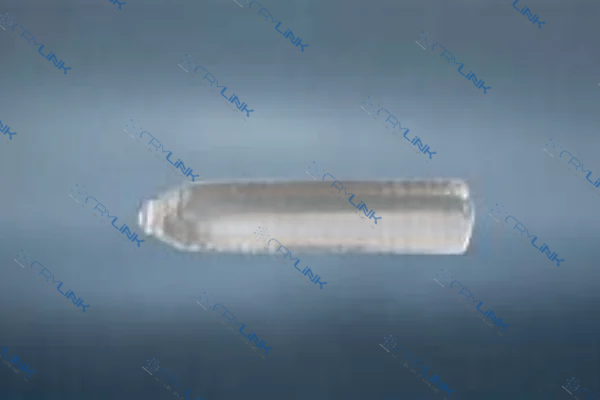
Unique Properties of Nd:YCOB
High Thermal Conductivity: One of the standout features of Nd:YCOB is its high thermal conductivity. In the realm of lasers, heat is a constant challenge. As lasers work, they generate heat, and if this heat isn’t managed effectively, it can degrade the performance of the laser or even damage it. Nd:YCOB’s excellent thermal conductivity means that it can handle more power without overheating. This property is especially crucial for high-power applications where the stakes are high, and there’s no room for error. The ability of Nd:YCOB to dissipate heat efficiently ensures that the laser system remains cool and functions optimally.
Broad Emission Spectrum: The emission spectrum of a material determines the range of wavelengths it can produce. Nd:YCOB boasts a broad emission spectrum, which is like having a vast palette of colors to paint with. This broad spectrum means that Nd:YCOB can be used in a variety of laser systems, from those requiring short wavelengths to those needing longer ones. Whether it’s for medical applications, industrial uses, or scientific research, the versatility offered by Nd:YCOB’s emission spectrum makes it a preferred choice for many.
Stable Performance: In the world of lasers, consistency is key. A laser material that fluctuates in its performance can be detrimental to the processes it’s used in. Nd:YCOB, with its inherent stability, promises consistent performance over time. This stability can be attributed to its robust crystalline structure and the synergy between the neodymium ions and the YCOB matrix. When you opt for Nd:YCOB, you’re not just choosing a material for the present; you’re investing in a reliable partner for the future.
In conclusion, Nd:YCOB, with its unique composition and structure, offers a trifecta of benefits: high thermal conductivity, a broad emission spectrum, and stable performance. These properties make it a formidable contender in the laser gain material arena, holding its own against other popular choices. As technology continues to evolve, materials like Nd:YCOB will undoubtedly play a pivotal role in shaping the future of photonics.
Comparing Nd:YCOB with Nd:YAG (Neodymium-doped Yttrium Aluminum Garnet)
Composition and Structure of Nd:YAG
Nd:YAG, or Neodymium-doped Yttrium Aluminum Garnet, is a crystalline material that has carved a niche for itself in the world of laser technology. The name itself provides a hint about its composition: a garnet structure where some of the yttrium ions are replaced by neodymium ions. This strategic doping with neodymium ions is what imparts Nd:YAG its laser-active properties. The garnet structure of Nd:YAG is robust, making it a reliable choice for various applications. Its crystalline matrix ensures that the neodymium ions are well-distributed, leading to uniform lasing properties across the material.
The popularity of Nd:YAG is not without reason. Its efficiency in converting pump light into laser light is commendable. Moreover, its reliability is something that many industries vouch for. Whether it’s in the medical field for surgeries, in industries for cutting and welding, or in scientific research, Nd:YAG has proven its mettle time and again.
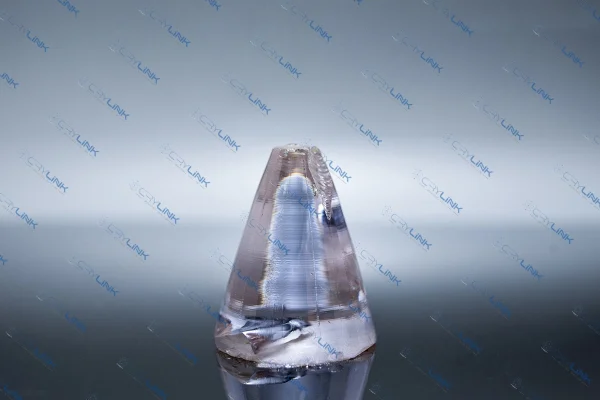
Key Differences Between Nd:YCOB and Nd:YAG
Thermal Conductivity: When it comes to managing heat in laser systems, the material’s thermal conductivity plays a pivotal role. Nd:YCOB stands out in this aspect with its higher thermal conductivity compared to Nd:YAG. This means that Nd:YCOB can dissipate heat more efficiently, making it a preferable choice for high-power laser applications. While Nd:YAG is no slouch in this department, Nd:YCOB’s superior thermal management ensures that the laser system remains stable even under demanding conditions.
Emission Spectrum: The range of wavelengths a laser material can produce is determined by its emission spectrum. A broader emission spectrum translates to more versatility. Nd:YCOB, with its expansive emission spectrum, offers a wider range of wavelengths. This makes it suitable for a diverse array of laser systems, catering to various requirements. On the other hand, while Nd:YAG has a commendable emission spectrum, it might not match the breadth offered by Nd:YCOB. This difference can influence the choice of material based on the specific wavelengths required for an application.
Price: Quality often comes at a price, and this adage holds true when comparing Nd:YCOB and Nd:YAG. Due to its specialized properties, especially its superior thermal conductivity and broader emission spectrum, Nd:YCOB tends to be more expensive. However, it’s essential to view this cost in the context of the benefits it offers. For applications where these specific properties of Nd:YCOB can make a significant difference, the investment is justified. Nd:YAG, being more established and widely used, might come at a more affordable price point, making it a go-to choice for many standard applications.
In the grand scheme of things, both Nd:YCOB and Nd:YAG have their strengths. The choice between them boils down to the specific requirements of the application in question. While Nd:YCOB shines with its unique properties, Nd:YAG’s track record of efficiency and reliability is undeniable. As technology evolves, the nuances of these materials will continue to play a crucial role in shaping the future of laser applications.
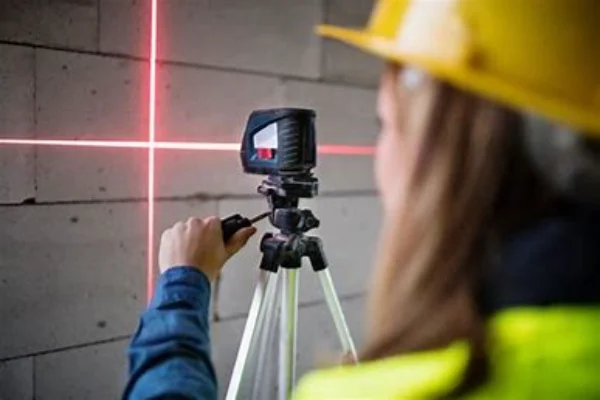
Comparing Nd:YCOB with Nd:YVO4 (Neodymium-doped Yttrium Orthovanadate)
Composition and Structure of Nd:YVO4
Nd:YVO4, or Neodymium-doped Yttrium Orthovanadate, is another heavyweight in the laser gain material domain. Its crystalline structure is unique, with neodymium ions strategically replacing some of the yttrium ions. This specific arrangement within the crystal lattice is what gives Nd:YVO4 its remarkable laser-active properties. One of the standout features of this material is its high absorption and emission cross-sections. In simpler terms, this means that Nd:YVO4 can absorb pump light efficiently and, in turn, emit laser light effectively. This property makes it an attractive choice for compact, diode-pumped solid-state lasers.
The efficiency of Nd:YVO4 in converting pump light to laser light is one of the reasons it has gained traction in various applications. Its ability to produce high-intensity laser beams in a compact setup is a testament to its capabilities. Whether it’s for precision machining, medical applications, or research purposes, Nd:YVO4 has consistently delivered impressive results.
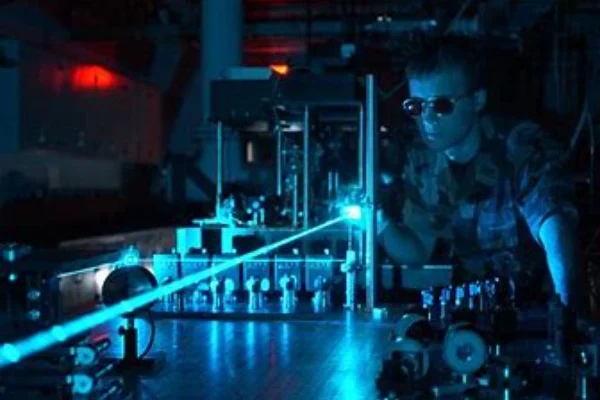
Key Differences Between Nd:YCOB and Nd:YVO4
Thermal Stability: In the world of lasers, stability is paramount. Any fluctuations in performance can have cascading effects on the application at hand. Here, Nd:YCOB takes the lead with its superior thermal stability. Its ability to maintain consistent performance, even under varying temperature conditions, sets it apart. While Nd:YVO4 is efficient in its operation, it might face challenges in high-power applications where heat generation is significant. Nd:YCOB’s inherent ability to manage and dissipate this heat ensures that the laser system remains stable and reliable.
Emission Characteristics: The versatility of a laser material is often gauged by its emission characteristics. Nd:YCOB, with its broad emission spectrum, offers a range of wavelengths suitable for various applications. This versatility means that it can cater to diverse requirements, from medical lasers to industrial cutting systems. On the other hand, while Nd:YVO4 has commendable emission characteristics, especially given its high emission cross-sections, it might not offer the same breadth as Nd:YCOB. This distinction can influence the choice of material based on the specific wavelengths an application demands.
Application Suitability: The true test of a laser gain material is its suitability for real-world applications. Nd:YCOB, with its unique combination of properties, is suitable for a wider range of applications. Its thermal stability, combined with its versatile emission characteristics, makes it a preferred choice for both standard and specialized laser systems. Nd:YVO4, with its efficiency in compact setups, is ideal for applications where space is a constraint and high-intensity beams are required. However, when considering a broader spectrum of applications, Nd:YCOB’s adaptability gives it an edge.
In conclusion, both Nd:YCOB and Nd:YVO4 bring a set of unique properties to the table. While Nd:YCOB stands out for its thermal stability and versatility, Nd:YVO4 is renowned for its efficiency, especially in compact laser systems. The choice between the two boils down to the specific requirements of the application. As the field of photonics continues to evolve, the nuanced differences between these materials will play a pivotal role in shaping the lasers of the future.

Conclusion
In the comparison between Nd:YCOB, Nd:YAG, and Nd:YVO4, it is evident that Nd:YCOB stands out for its unique properties such as high thermal conductivity, broad emission spectrum, and stable performance. While Nd:YAG and Nd:YVO4 have their own merits, Nd:YCOB offers a combination of features that make it an attractive choice for various laser applications.
FAQs
- What are the main applications of Nd:YCOB?
Nd:YCOB is used in various laser systems, including medical, industrial, and scientific applications. - How does Nd:YCOB’s thermal conductivity affect its performance?
Higher thermal conductivity ensures better heat dissipation, leading to stable performance in high-power applications. - Why is the emission spectrum important in laser gain materials?
A broad emission spectrum allows for more versatile usage in different laser systems. - Is Nd:YCOB suitable for all types of lasers?
While Nd:YCOB is suitable for many types, specific applications may require careful consideration of its properties. - How does Nd:YCOB compare in price to Nd:YAG and Nd:YVO4?
Nd:YCOB may be more expensive due to its specialized properties, but it offers unique benefits that may justify the cost.


